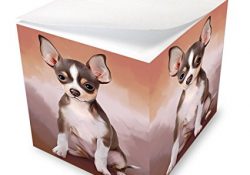If you own a dog, it is important for you to know the breed of your dog for various reasons. Each of the dog breeds has certain characteristics. If you know the breed, you can know more about your dog. In addition, different dog breeds have different food and exercise requirements. Knowing the breed can offer you a great convenience to take care of your dog in the right way and to keep him healthy and happy. Whether you want to know your dog breed to know more about him or just because of the curiosity, you can follow any of the methods stated below:
Ask a Dog Enthusiast:
One of the simplest and convenient ways to know your dog breed is to ask someone from your social circle who has the knowledge of dog breeds. He may be able to let you know the exact breed of your dog based on his physique and characteristics. But there are so many breeds available these days that can cause him to judge the breed wrong. Moreover, detecting pure breed can be easier but it can be a lot harder when it comes to the mix breeds.
Searching Online:
One of the best ways to know your dog’s breed is to look online. There are huge numbers of websites that feature a variety of details about dogs and their breeds. These sites can be quite helpful to know the breed of your dog. Some of the websites have taken it to the next level. You can share the image of your dog with them and answer few questions related to your dog. They will evaluate the provided details and will let you know the exact match of your dog’s breed.
Ask A Vet:
The best way to know the breed is asking a vet. They have extensive knowledge of dog breeds and can offer you more reliable answer. In addition, they can also let you know the characteristics of your dog, their exercise requirements and diet plans.
If you own a dog and also love art, you must visit Doggie of the Day on Amazon.It is a reliable online store that is offering impressive collection of dog sketch, canvas and painting. You can find a wide range of art on the store brushed by many popular and acclaimed artists like . The store also features numerous other dog products including doormats, games, pillows, mugs, magnets etc.












